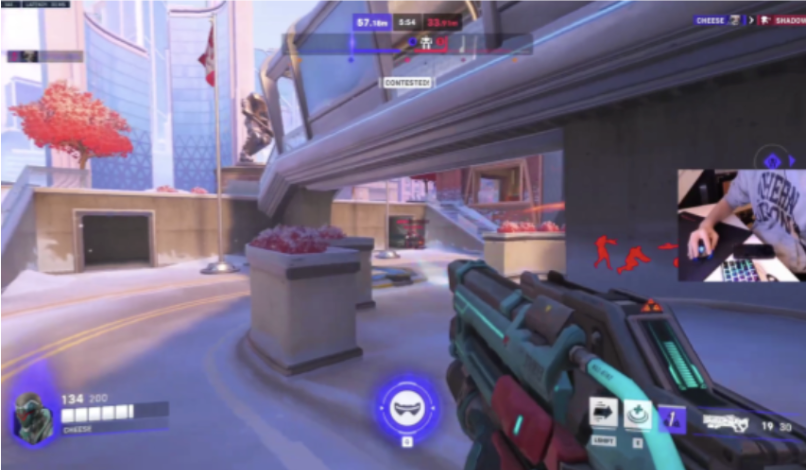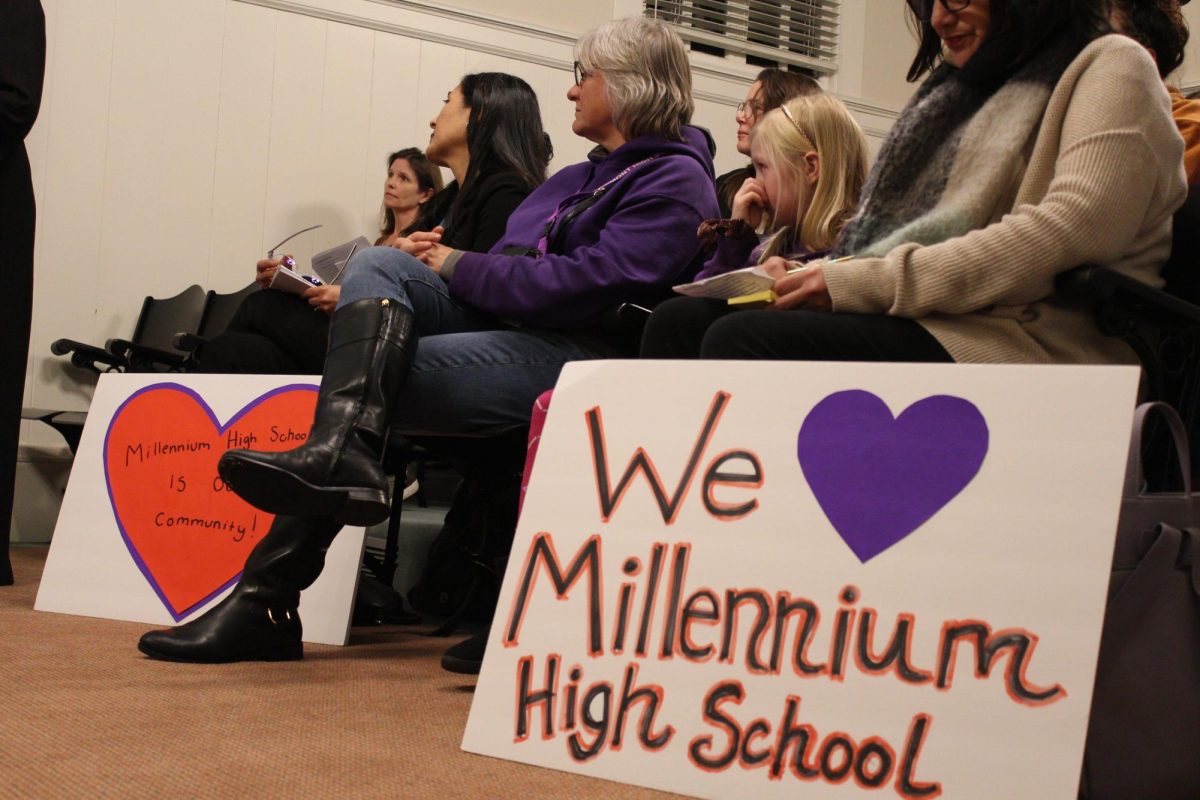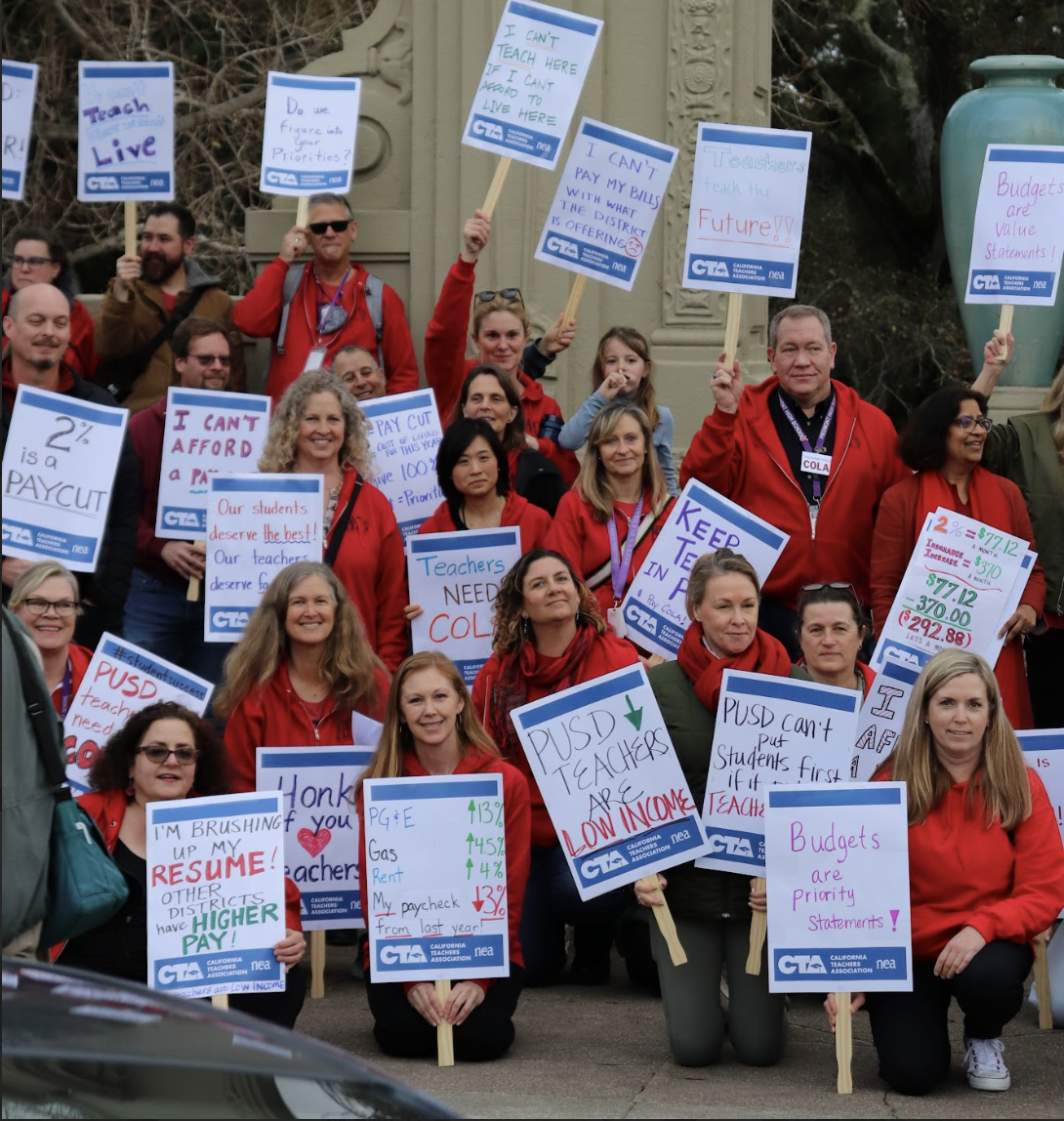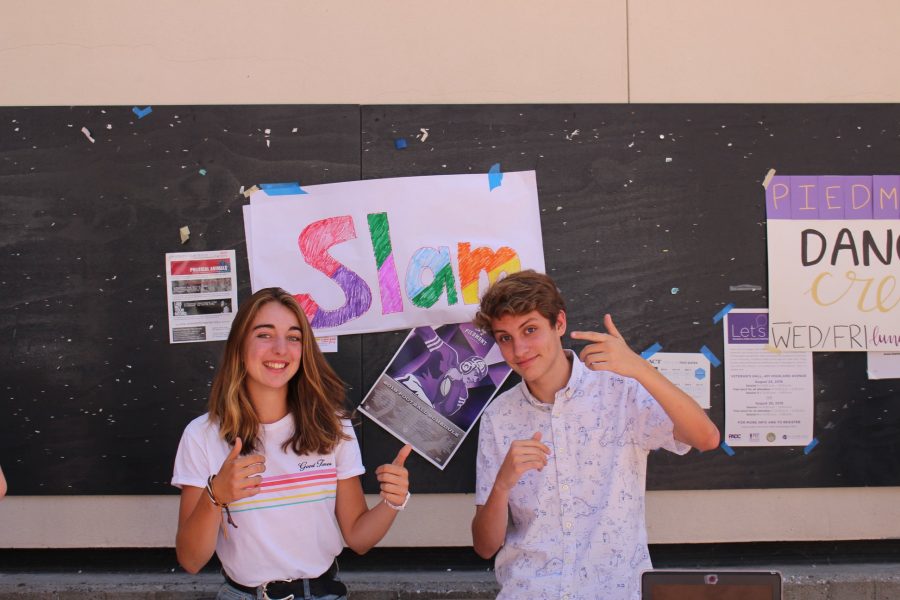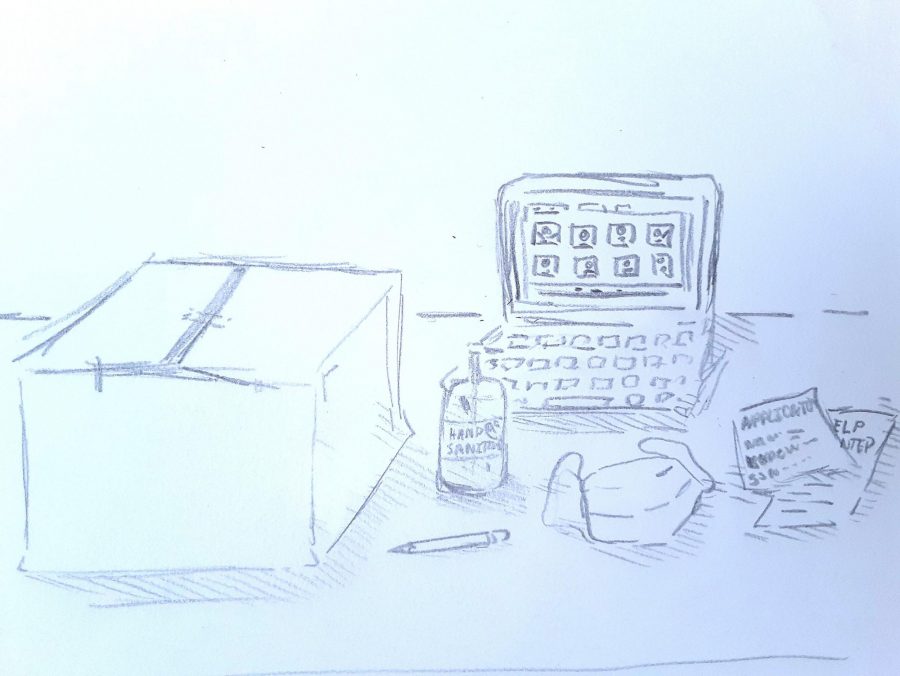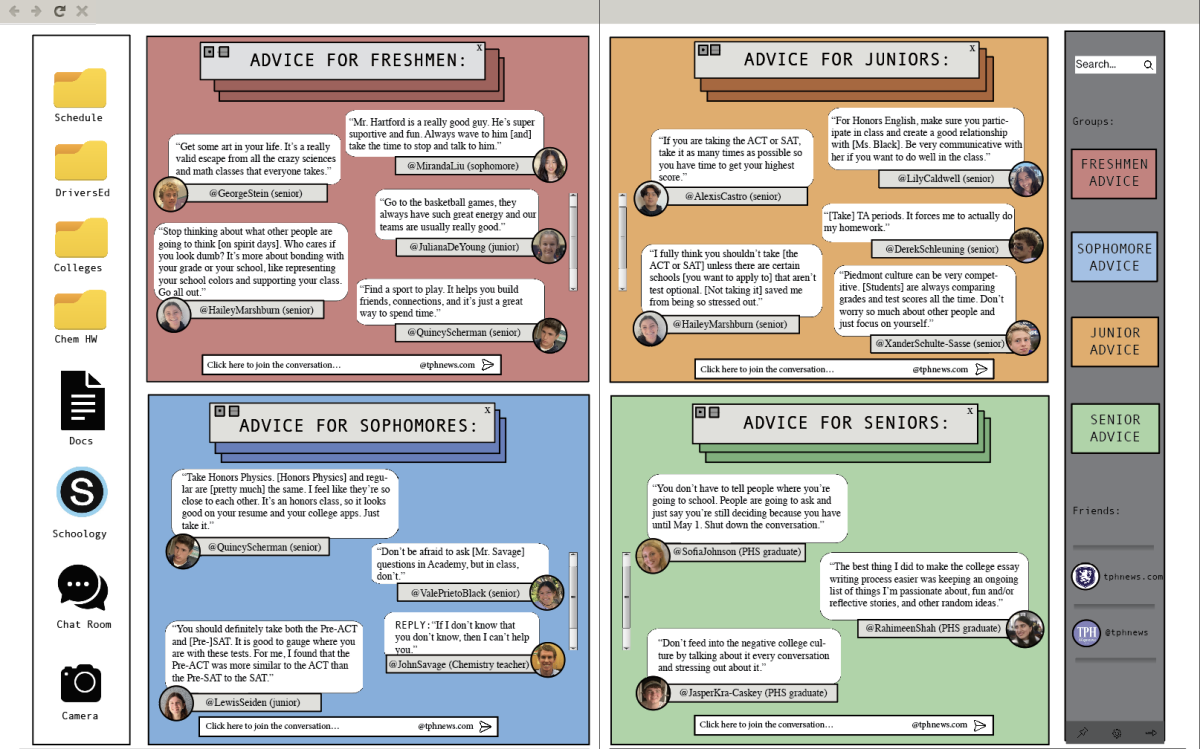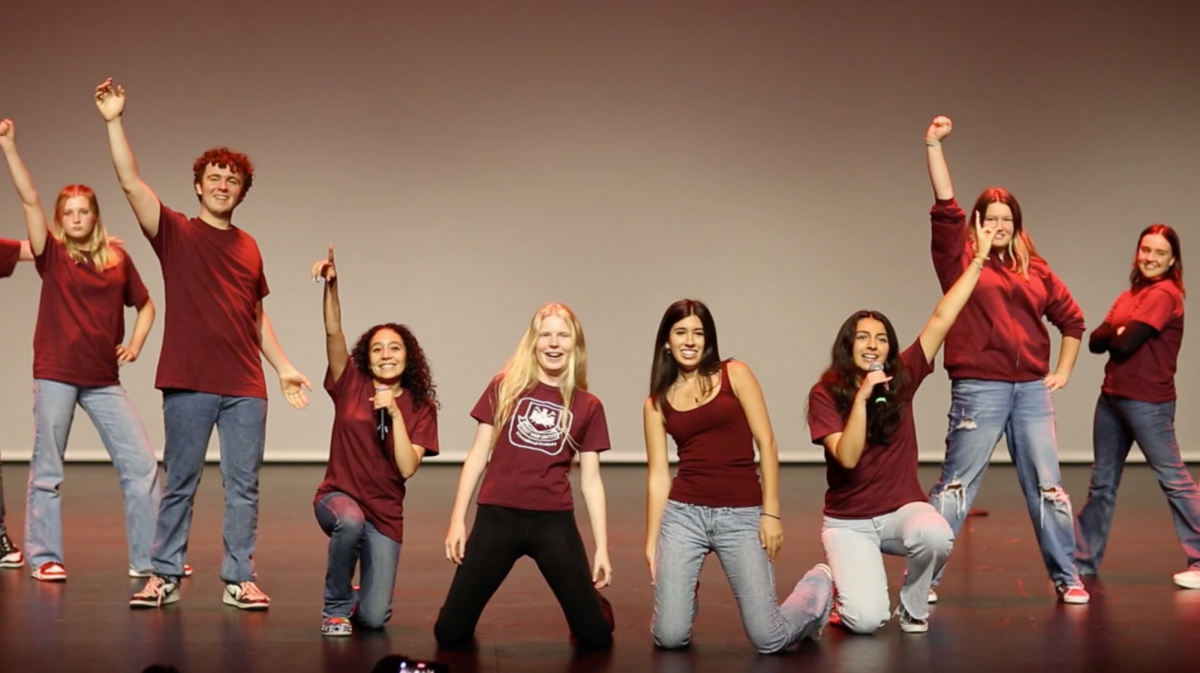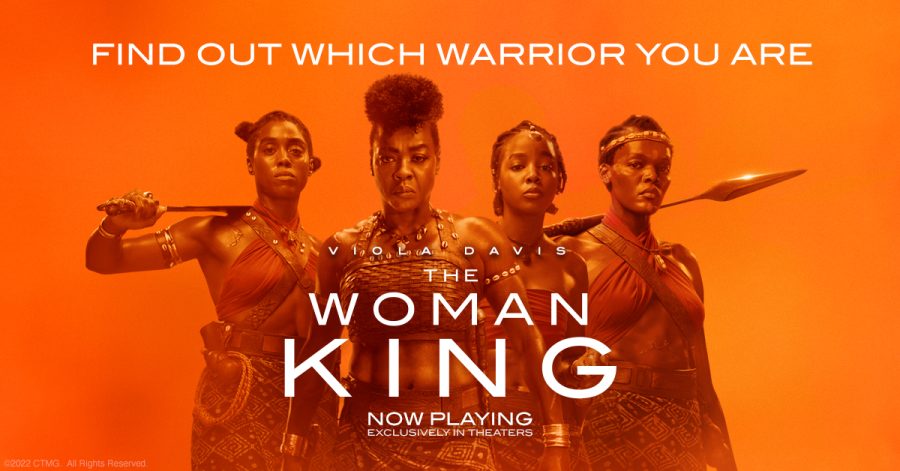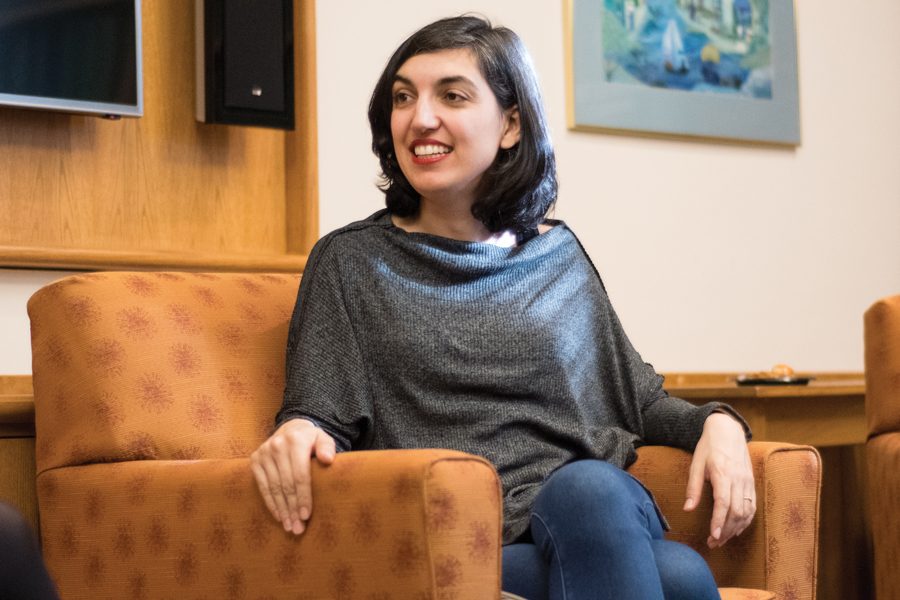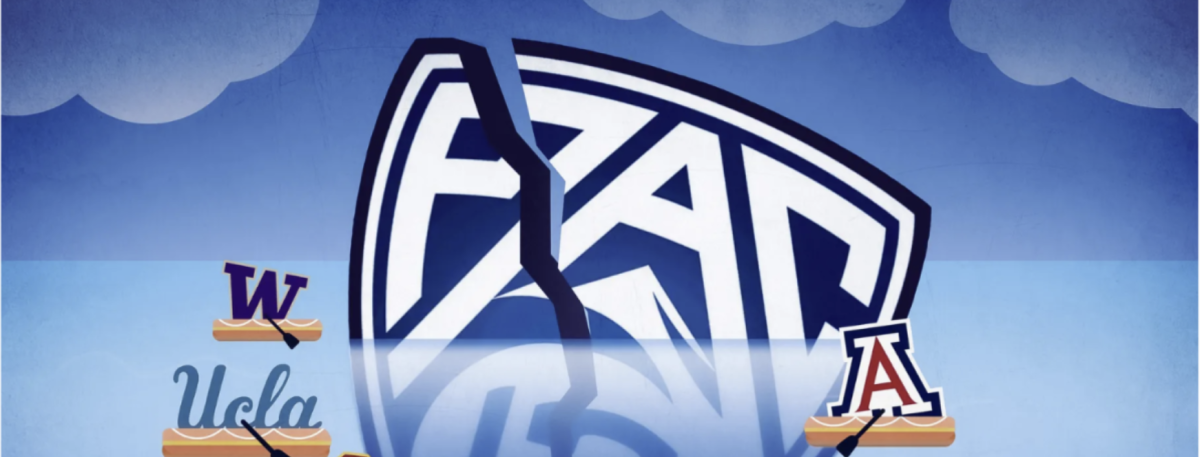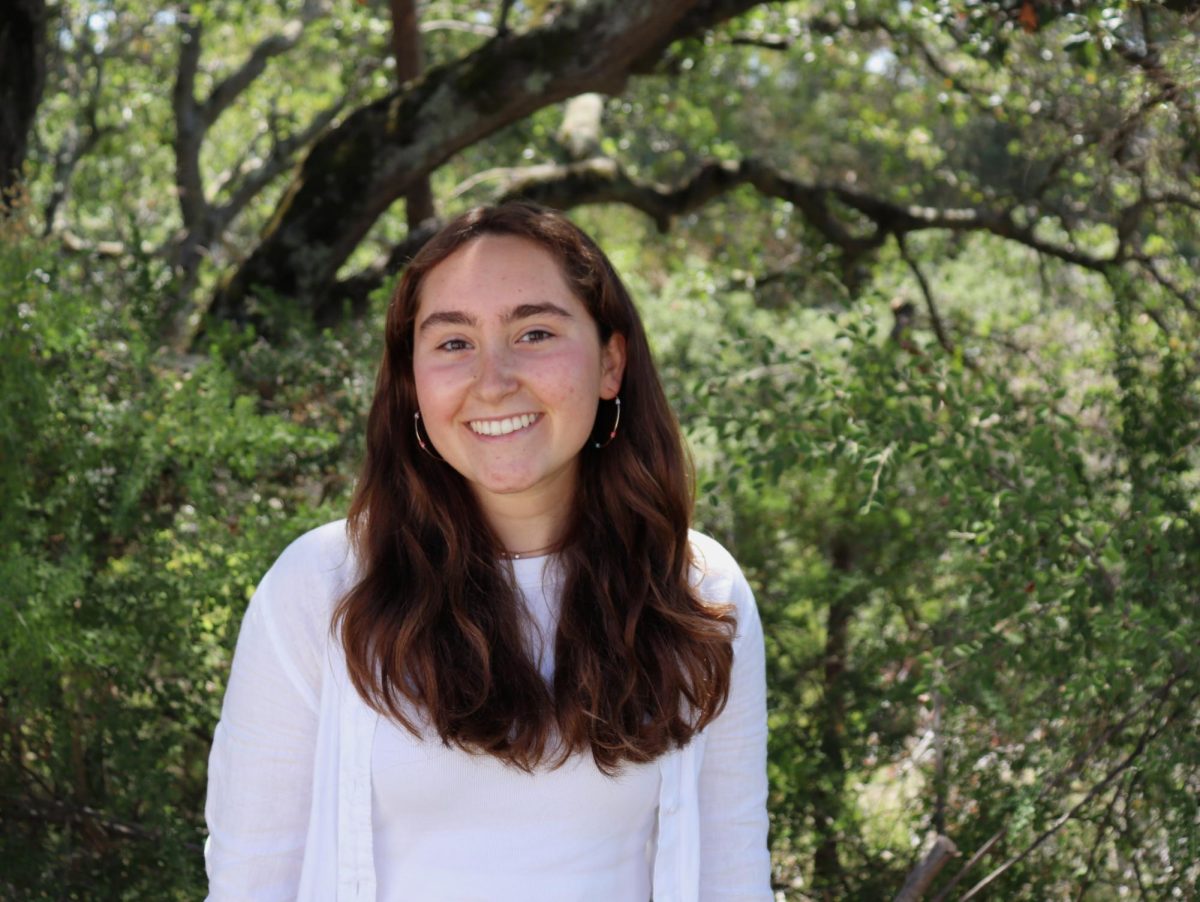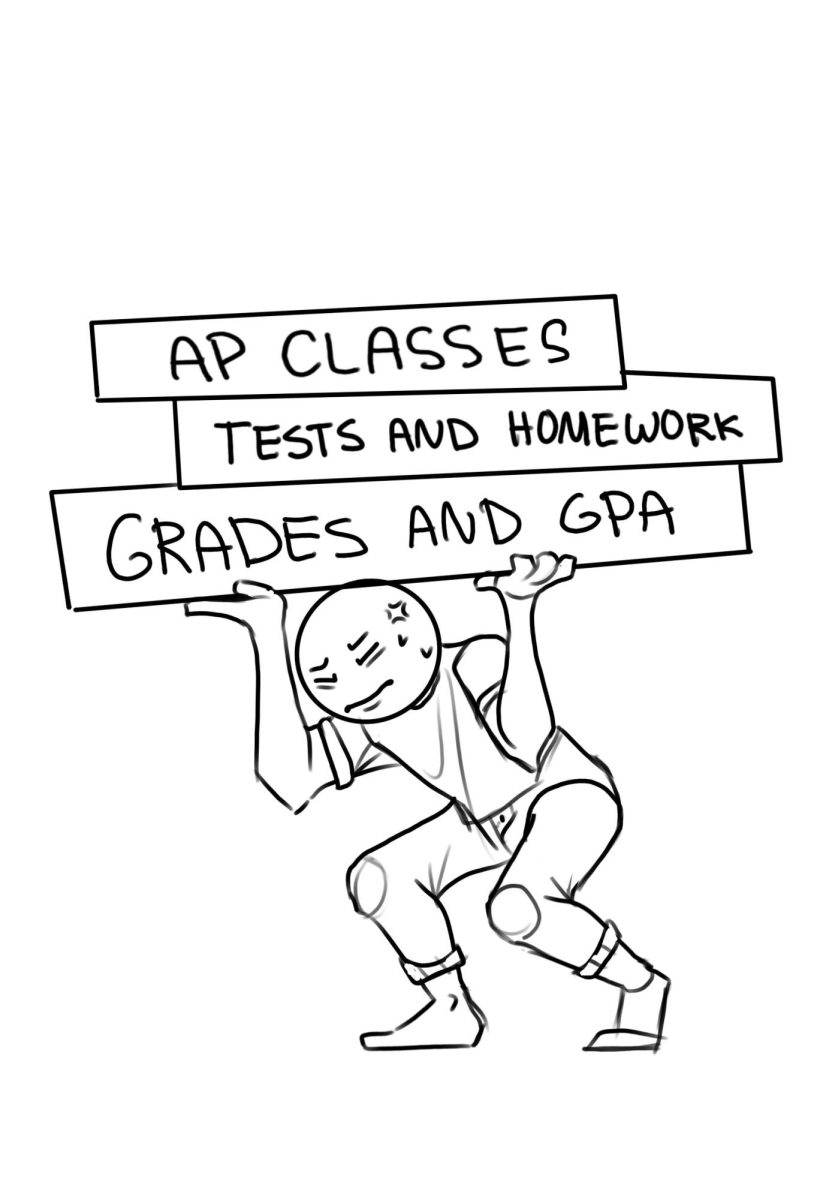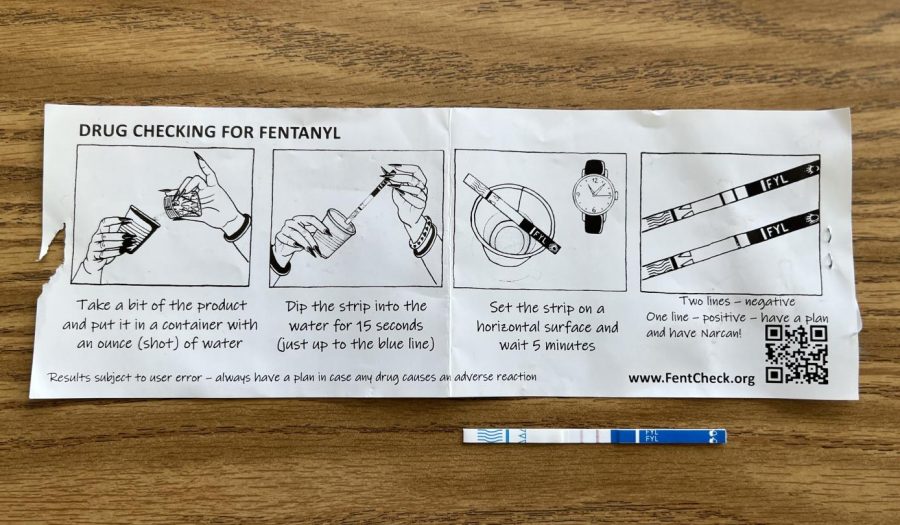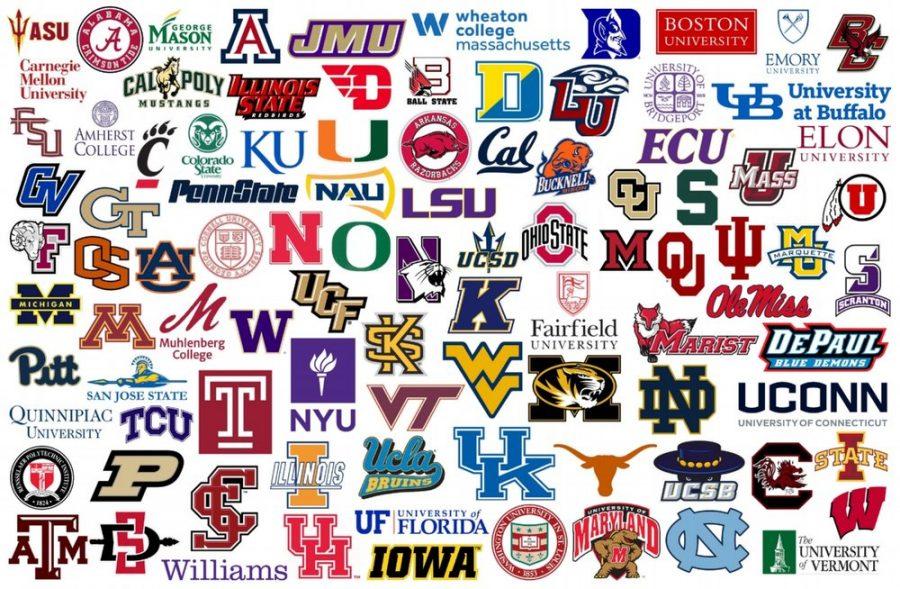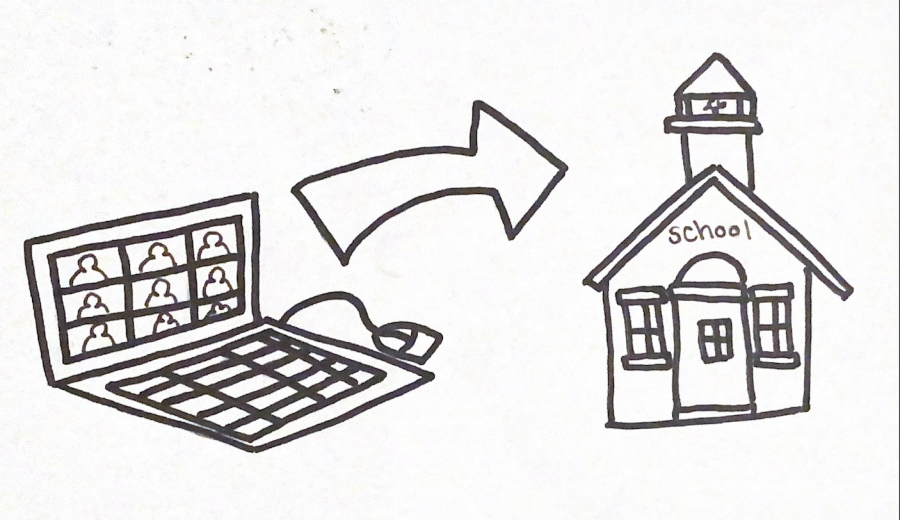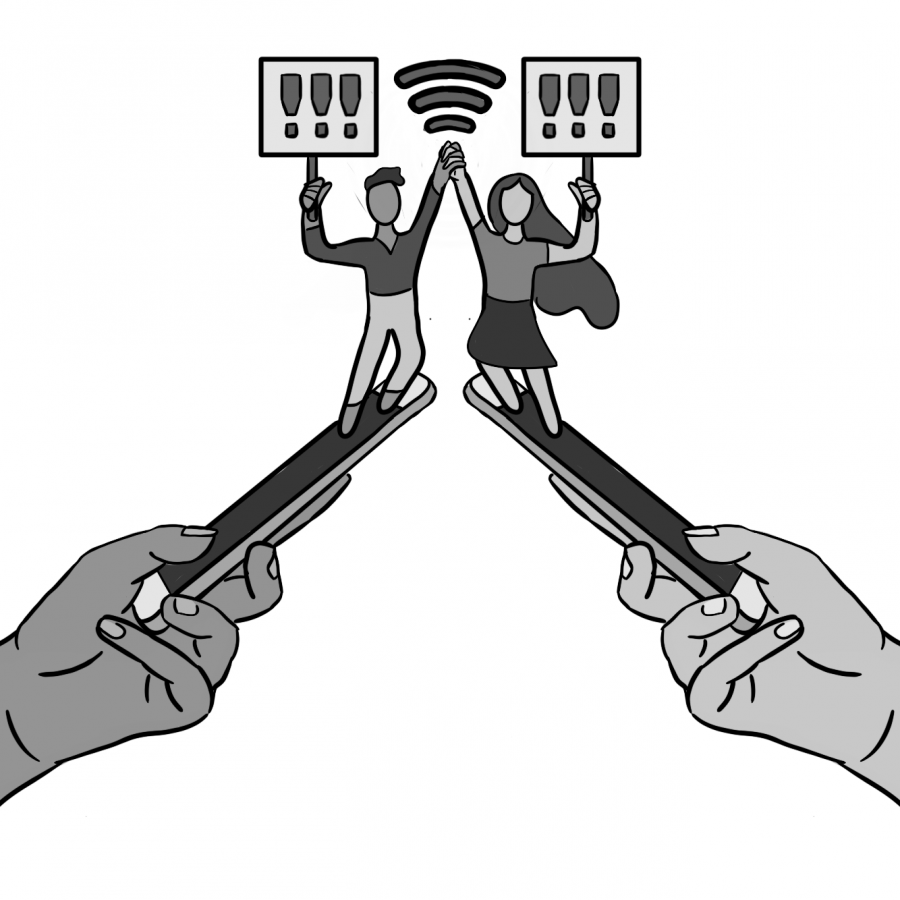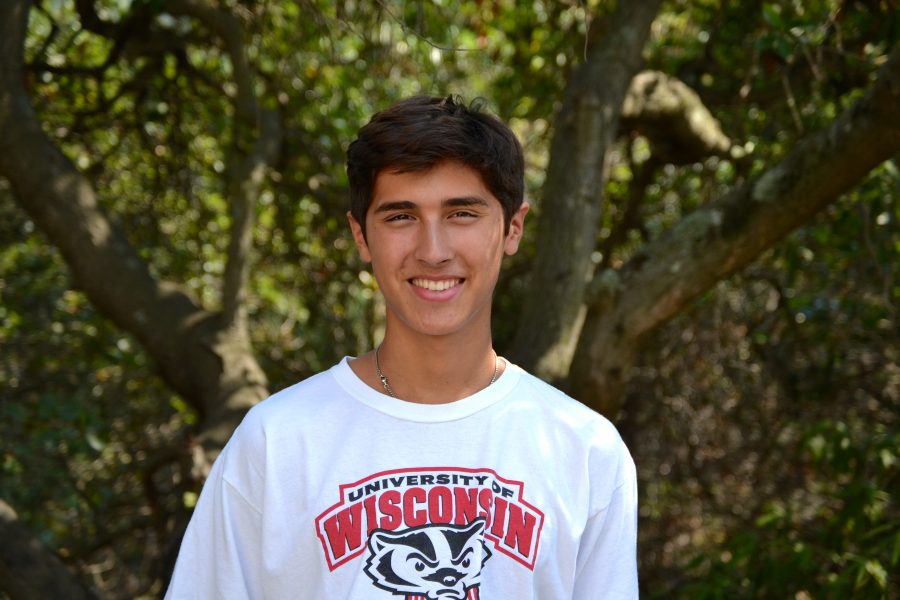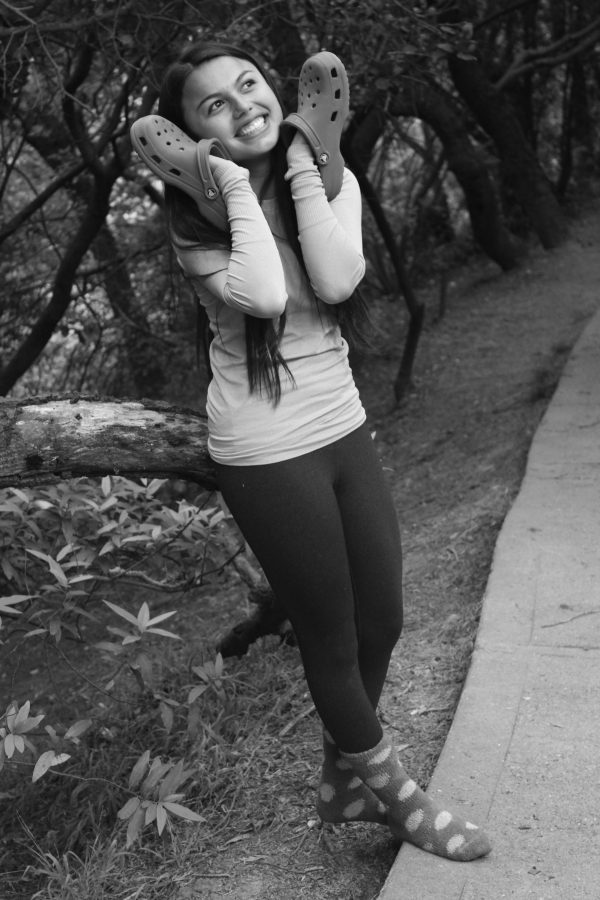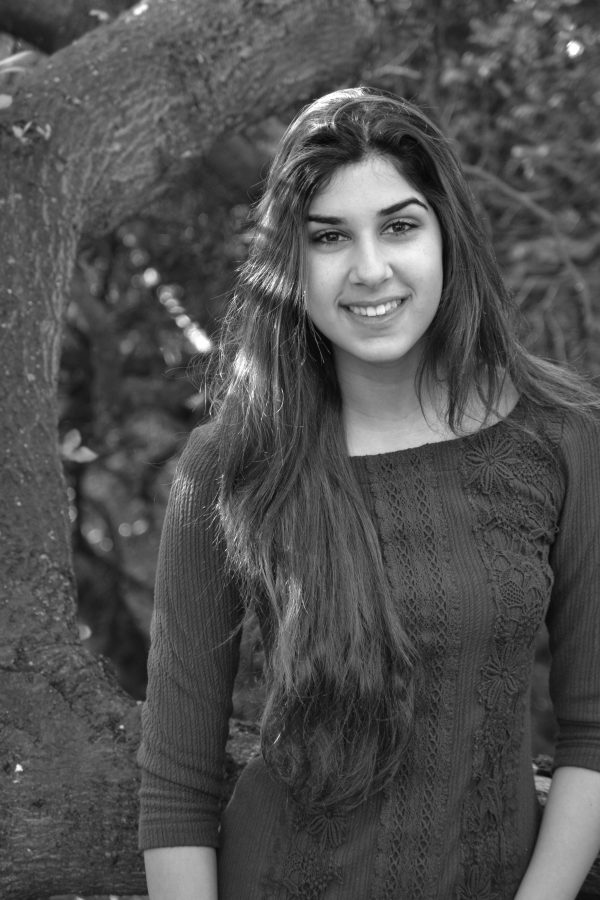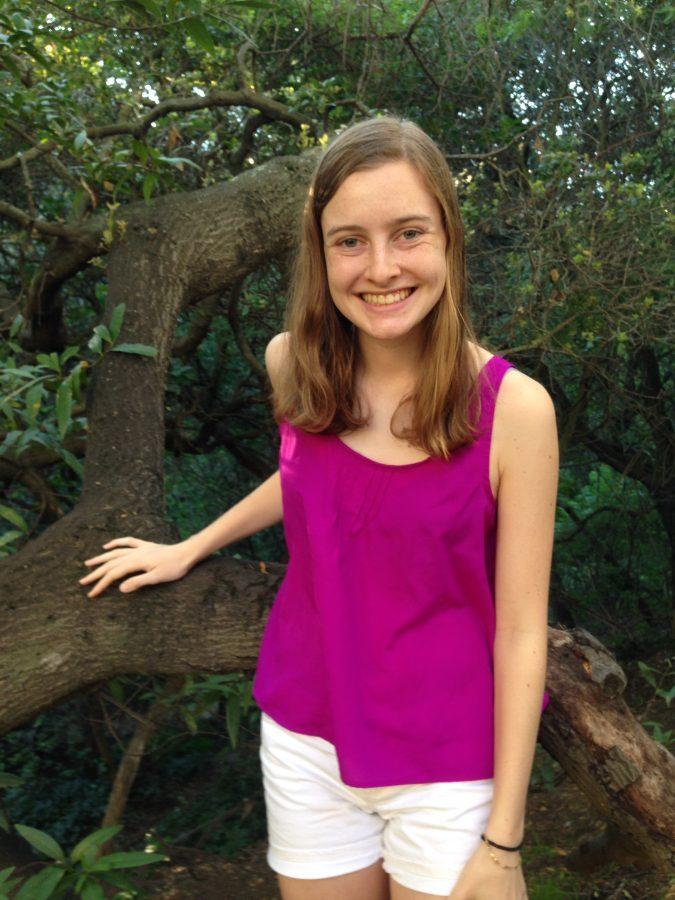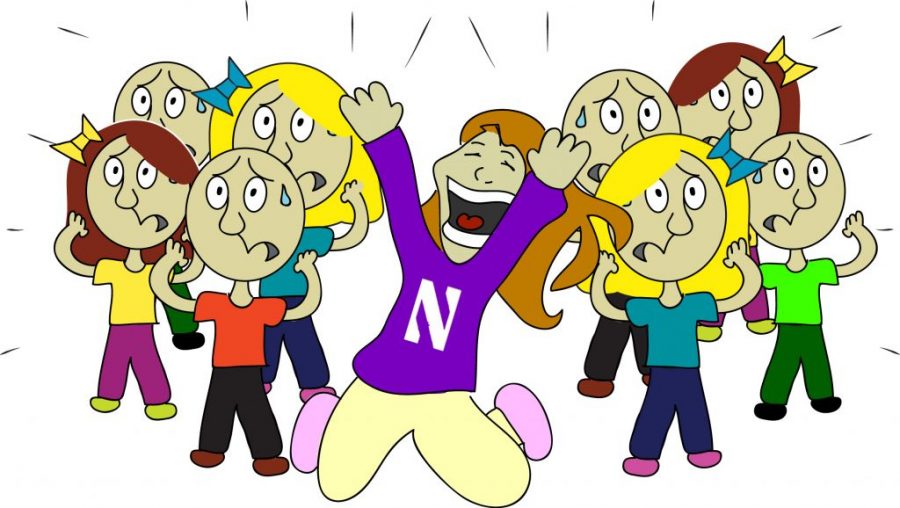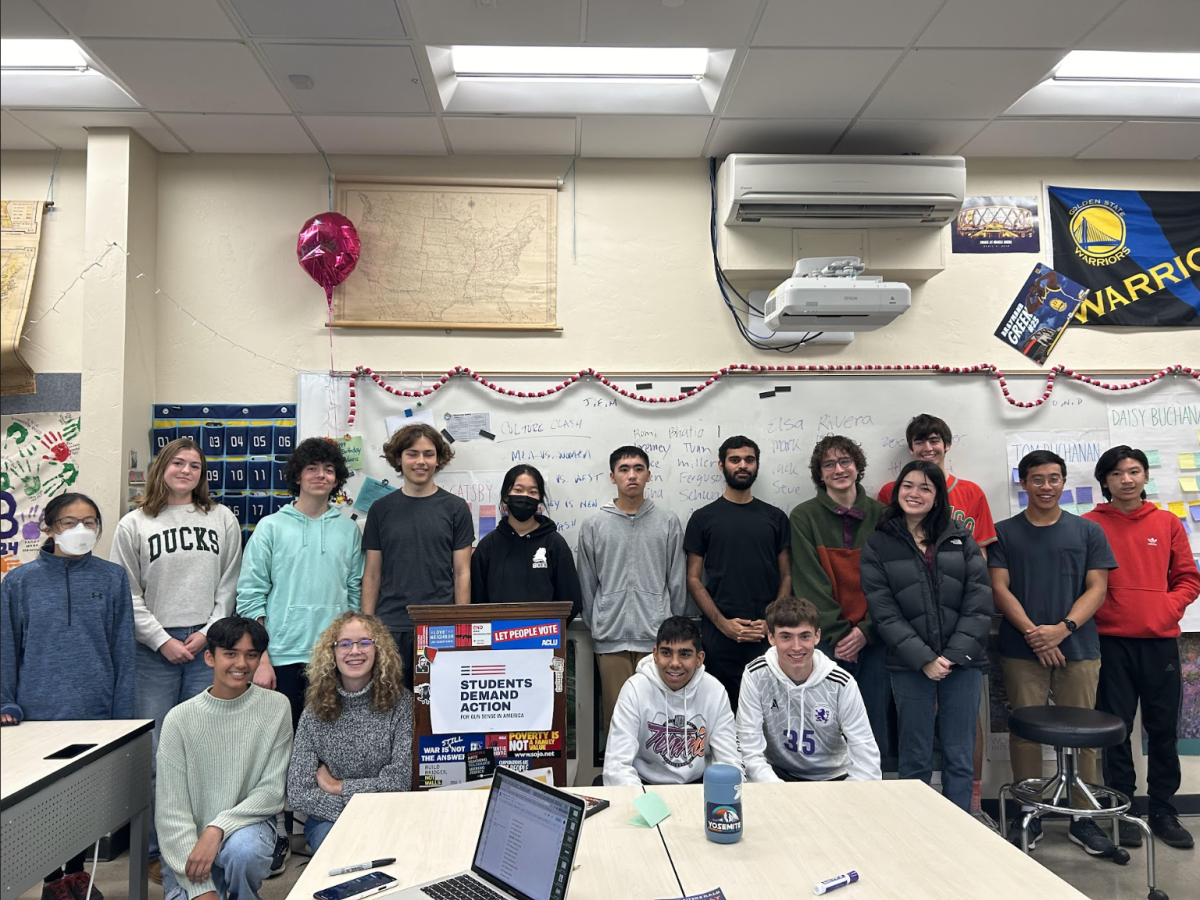The regular decision admittance rate to Ivy League universities for the class of 2016 was 7.9 percent. For students who submitted early, the admittance rate was 25.1 percent, according to the TheIvyCoach.com.
Binding early decision programs allow high school seniors to apply to universities months before their peers. If accepted, they are contractually obligated to attend. Every year, students send in more early decision applications to selective colleges, said Assistant Director of Admission at Northwestern University Caitlin Smith.
Higher acceptance rates for early applicants over regular applicants are what often inspire students to submit early, she said. Applying early also shows loyalty and interest in a certain university.
“Students who apply with the binding option show us that they are really excited about Northwestern and that they are going to come to Northwestern and bleed purple,” Smith said.
Charles Wetherbee, who graduated from PHS in 2011, was one of the 1,195 early decision applicants accepted as members of the Penn class of 2015. 4,557 had applied, making the early admittance rate 26.2 percent, according to the university’s website.
Wetherbee would attend The Wharton School, a premiere business school at Penn.
“I decided to apply early to The Wharton School at Penn because I had known for years I wanted to go there, and the application process and visits to campuses around the country only confirmed that,” Wetherbee said in an email. “By applying early decision, I showed Wharton that I was committed to attending over all other schools.”
Ben Gandesbery, a Cornell University sophomore who graduated from Piedmont in 2011, used this to his advantage when applying early decision in 2010.
“I think that when you apply early decision it shows them that you really want to go to the school and it is not just another school you’re applying to,” Gandesbery said.
More high school seniors across the country have begun applying early to take advantage of higher acceptance rates. Cornell’s acceptance rate for the Class of 2016 was 32.7 percent for students who applied in Nov. while it was only 14.5 percent for applicants who applied regular decision in Jan.
Applying early allows application readers to look at candidates more closely, giving them a better shot at acceptance, said Wendy Livingston, senior assistant dean of admission at William and Mary College.
“Our early decision pool is approximately 1,100 students,” said Livingston, who has worked in William and Mary’s admission office for nine years. “Our overall applicant pool was slightly under 14,000. It is much easier for any applicant to stand out in a pool of 1,100 than it is to stand out in a pool of over 12,000.”
The statistical advantages that lean towards early decision applications encourage more and more seniors to apply via binding programs. In 2002, only 2,882 seniors applied to Penn early while in 2010, Wetherbee’s year, 4,557 students did.
Competition between college-bound seniors is what fuels the admissions process. An increasing number of applicants are applying to college, but the number of slots at selective schools has stayed the same. Dartmouth College’s application numbers, for example, rose from 11,853 for the Class of 2007 to 23,110 for the Class of 2016.
This may also be because high school applicants are submitting applications to more schools, said Bev Taylor, founder of The Ivy Coach, a college counseling service based in New York City. Students hear horror stories of classmates who get rejected from all of their schools, she said.
“Students would apply to eight or 10 colleges 10 years ago,” Taylor said. “But now it’s not unusual for a student to apply to 20 schools.”
With so many applications in circulation, students apply early to stand out from the crowd, lighten the load for application readers, and ease the tension put on the admission process, Livingston said.
“There are students out there who are ready and able to make a commitment early,” she said. “They then don’t have to apply to other schools regular decision. It helps this self-fulfilling prophecy where students are applying to more and more schools in general because they may not know where they’re going to get in.”
But finances sometimes stand between prospective students and their dream schools. Although schools give admitted senior offers of financial aid, students cannot compare that aid with other options. As a result, wealthier students tend to apply early. In very few circumstances may students back out of their early decision commitments, Livingston said. For this reason, Taylor encourages students to research classes, majors and finances before applying ED.
“100 percent of our clients apply early,” Taylor said. “We have them do their homework.”
Taylor suggests early decision applicants use a net price calculator, such as the one on Collegeboard.org, she said.
“If you are admitted, you’re going there,” she said. “So you better do your homework because if you can’t afford to go, you’re stuck.”
Wetherbee had researched his possible future at Penn before applying, he said.
“I visited many schools across the country, and only spent one day at Penn, yet that was enough to confirm what I had read and heard about the school and made applying early an easy decision,” he said.
Another option for students who are not fully committed is non-binding early action. This program, offered by Harvard, Yale, Princeton and other universities, allows students to apply early, but without the commitment.
“If you apply early action, you are using your early card on that school,” she said, “and if you really don’t want to go there, you could’ve used the early card somewhere else.”
Although Wetherbee’s sights had been set on Wharton for years, he said he could see himself at other colleges.
“I was confident in my decision and my credentials, and though I was expecting to be admitted to Wharton, I knew that I would be thrilled to attend any one of several other excellent universities,” Wetherbee said. “The key is knowing that you shape your own college experience, not the other way around, so your school isn’t the be-all end-all.”




